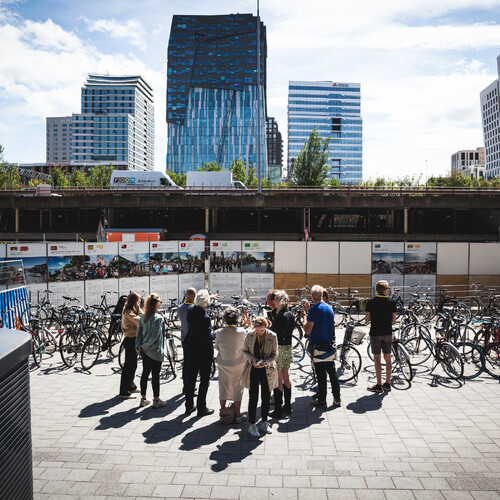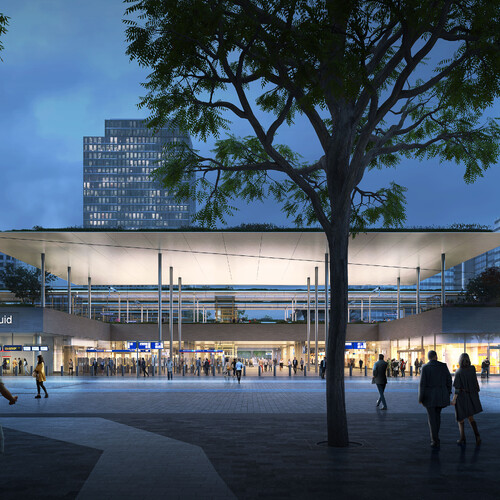Architectuurcentrum ARCAM recently presented 'The green architecture guide of Amsterdam'. This guide includes trendsetters, green private initiatives, the top 25 greenest Amsterdam buildings from the period 2018 to 2022 and future icons. Architects Mallika Arora and Kay Oosterman of architectural studio ZJA were members of the editorial board.
The green architecture guide of Amsterdam
The insights and regulations surrounding sustainability are changing rapidly. The editorial board, consisting of leading architects from Amsterdam, ranked the top 25 on measurable terms, such as energy performance (EPC/BENG) and circularity (MAT1 and MPG), but also on a qualitative indication of nature inclusivity and climate adaptivity. Whereas ten years ago sustainability was mainly about energy, the construction world has now also made a huge leap in areas such as building with nature, climate, circularity and biobased materials. With these developments, sustainability is becoming increasingly visible and tangible. And the relationship between a building and its environment also changed.
Sustainable developments
These developments are also visible in ZJA's work, both in the urban environment and beyond. Recent projects, such as the underground bicycle parking Leidseplein, the Diamond Exchange, Capital C Amsterdam and the Venue Building in Middelkerke, show how the office is making more space for quality of life, greening and climate adaptation. Examples of circular construction include the various wooden sports buildings in Belgium and the GeoDuct, an ecoduct made of reinforced earth. ZJA also works on various projects in the field of sustainable mobility. From bicycle highways to high-frequency rail transport. Such as the renovation of Amsterdam Central Station and Zuidasdok, where a sustainable future is being built on the basis of history.



